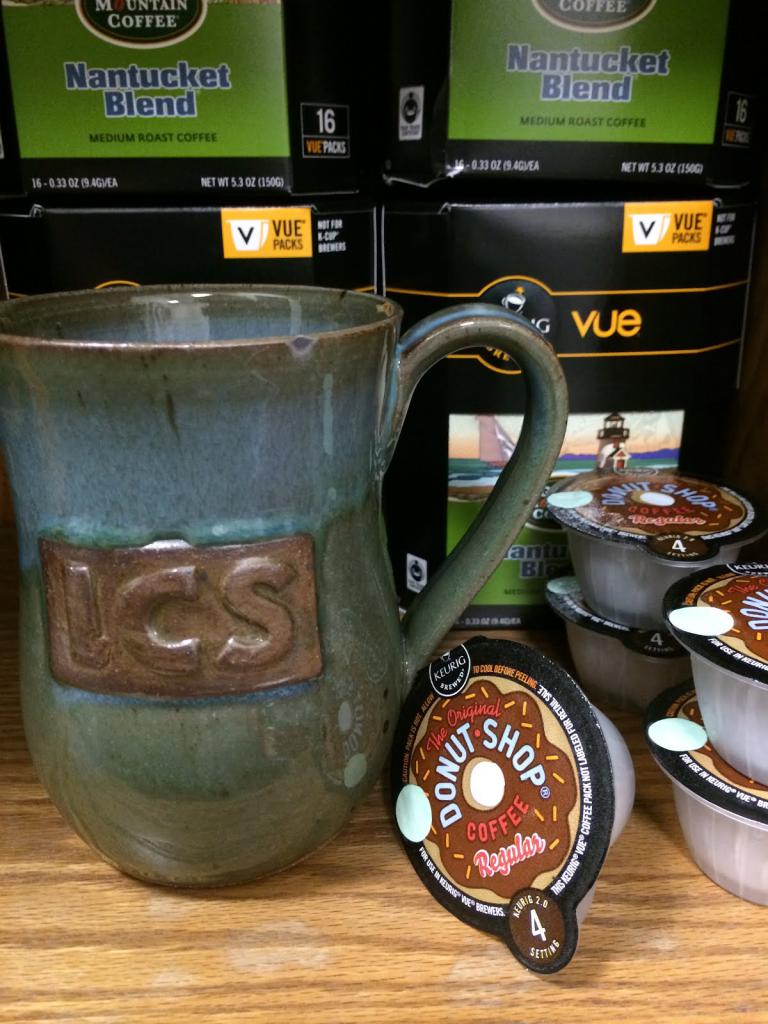Leading Products Lead with UX
Join us for The Business of UX 2014 in San Francisco
If you are in San Francisco Nov 6, 2014, please join us for The Business of UX 2014 Summit . This event is a one-day opportunity for product and engineering management professionals to connect and learn about the business impact of UX on your product development. We will have expert speakers and panelists and real-world examples of how leading products really do lead with UX first. Register before Oct 31 and save.
Notes from a UX Pro Over a Cup of Joe: Mental Models

Welcome back to the coffee corner!
I hope that you’re doing well and enjoying your user experience (UX) rock star status on any project you may be working on, no matter your role. Today, we’re going to be chatting about Mental Models - what they are, why we should care about them and how we can leverage them to inform design thinking.
The Idea of a Natural User Interface is Not Naturally Easy to Grasp
Natural User Interface (NUI) is a concept that sounds simple enough at first but then it defies a simple, one-sentence definition.
Kiosks and Learnable Interfaces
When a person encounters a kiosk or computer device in a public space, such as a sales or museum kiosk, they can only benefit from it if they can figure out how to interact with it rather quickly. So one of the requirements of public interactive devices is that they be very easy to use, or easy to learn to use. But the learnability must be part of the user experience design. Depending on the content, a design may use very common interactive navigation patterns such as “next” and “previous” buttons that leave no questions about how to interact with them.
Notes From a UX Pro Over a Cup of Joe: Talking to a Project Manager About Usability

I just made it to my daily 10:30am coffee break (the one where I refill my coffee mug, since I already drank my 8am coffee) and wanted to spend a moment to chat about usability/user experience (UX) and project management (PM).
User Attention and Duration of Engagement in Public Kiosks
Common user experience (UX) wisdom says that you have a short period of time (approximately 3 seconds to 3 minutes) to attract, seduce and convince a user to use your app, site or device. Once you capture their attention, you need to sustain a long-term relationship by offering the user real value (Skype), enduring enjoyment (Candy Crush) or at the very least, an obligation to be a participant in popular experiences (Facebook). Do the same principles apply to public kiosks, such as ticketing, retail and museum kiosks? The answer is yes and no.
 +
+ 
